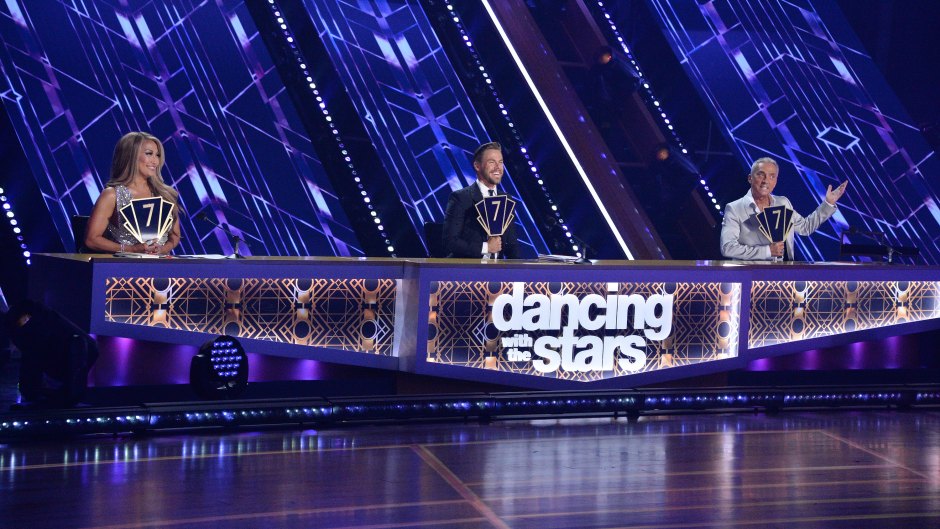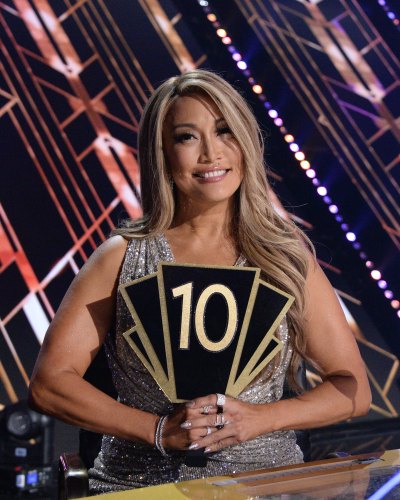
ABC/Eric McCandless
What *Actually* Is the ‘Dancing With the Stars’ Lift Rule? Carrie Ann Inaba Explains
Here’s the scoop! The Dancing With the Stars lift rule has long been a point of controversy since it doesn’t seem to apply to all contestants. However, it has a few distinct nuances that explain why the judges — mostly Carrie Ann Inaba — only call out certain performances.
Considering Carrie Ann has been titled “The Lift Police” by fans during her 28 seasons on the reality dance competition show, it’s only fitting she would explain the ins and outs.

Just for clarity, “a lift is any movement during which one of the dancers has both feet off the floor at the same time with the assistance or support of their partner,” the esteemed judge explained via Facebook in 2017, while citing the National Dance Council of America (NDCA).
The reason it appears that Carrie Ann is picking on some contestants over others is because the lift rule only applies to certain styles of dance.
“Over the years, we have expanded our dance styles to include dances such as the jitterbug, Argentine tango, the Charleston, salsa, jazz and contemporary where lifts are allowed,” Carrie Ann’s post continued. “However, lifts are still not allowed in rumba, cha cha, jive, paso doble, samba, tango, waltz, Viennese waltz, foxtrot, or quickstep because those are the rules for these styles.” Basically, proper ballroom and Latin-style dances do not permit lifts.
A perfect example of this rule being put into play happened during the premiere of season 29 on September 14. Carrie Ann docked points because of an illegal lift performed by NFL player Vernon Davis and partner Peta Murgatroyd during their foxtrot to “All of Me” by John Legend.

This left fans scratching their heads because shortly after, The Real host Jeannie Mai was lifted into the air and wrapped her legs around partner Brandon Armstrong’s shoulders as he spun her around. Carrie Ann remained silent about the stunt because it was fully legal in that style of dance.
Perhaps more importantly, having lift bans for certain styles “levels the playing field for those who have physical challenges that make lifts impossible,” Carrie Ann noted in her post. “If lifts were allowed in every dance, people would start doing lifts to make their dances visually exciting, because truth be told, a good lift is always great to watch,” she wrote.
The judge is fully aware that she’s considered the only stickler when it comes to the lift rule. “I am the only one who takes off a point for lifts, which I think is fair, because if we all did, the contestants’ scores would suffer greatly for something that is not that serious of a crime,” she acknowledged.
That’s not to say lifts are always a bad idea. Carrie Ann confessed in a post for Parade in 2013 that the public vote could push a duo to attempt an illegal lift for the wow factor. “While they may get one point docked from this judge, they may win the hearts of the audience, so sometimes it is a good choice,” she said at the time.
Consider this rule explained!








































